You have to make hay while the sun shines: Bohemianism enjoyed a brief heyday in the Weimar Republic, before Nazism destroyed it forever.
“Bohemianism is a characteristic that is deeply rooted in a person’s character, which can neither be acquired nor drummed into someone, nor can it be lost through changes in someone’s circumstances,” claims Erich Mühsam. The author and political activist was himself part of the Bohemian movement at the turn of the century, practiced an alternative lifestyle during the Lebensreform movement on Monte Veritá, and debated till the early hours with artists and writers in their preferred cafés in Munich’s Schwabing district and in Berlin. Yet this form of Bohemianism came to a temporary end with World War I, which wore on for four years.
Bohemianism strove for self-realization and liberty. But its members were often one thing above all: on the brink of poverty.
After 1918 the carefree attitude was gone with which previously aspiring artists, or those who saw themselves as such, had passed their time thinking about a new, better form of society or devoted themselves completely to their art. The disillusionment about losing the War and the other deprivations this involved also affected the Bohemian movement, whose members devoted themselves (in an incredibly productive manner) much more strongly than their predecessors to networking and selling their products – “technophile, obsessed with speed, unembellished, plain.”
The biscuits are precisely counted
After the Café des Westens, jokingly called “Café Größenwahn” (Café Megalomania), barred penniless artists from entering in order to attract a wealthier clientele, the artists were obliged to migrate to the Romanisches Café in Tauentzienstrasse. But not without a sense of nostalgia: “The Bohemians now frequent Romanisches Café, in whose dome-shaped hall they exist, tolerated, on the fringes amongst black marketeers from the racetrack and stock market speculators. They have to pay for their coffee immediately, and their biscuits are precisely counted, and they think back with nostalgia to the beautiful old Café des Westens...,” wrote a sharp-tongued Egon Erwin Kisch in his Berliner Reportagen.
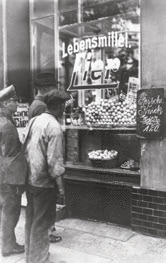
This change was not to everyone’s taste: “[...] nobody will seriously consider that the opinions aired in Romanisches Café represent the melting pot of independent spirits, persons uprooted out of protest and those who are voluntarily on the fringes... The Bohemian world I recall no longer exists, and it will not be resuscitated by those who consider themselves Bohemians today, and copy their gestures,” wrote a visibly disappointed Erich Mühsam.
The art of stylish begging
The new café was – naturally only unofficially – divided into two sections. The “swimmers’ pool” was frequented by illustrious figures such as Bertolt Brecht, Carl Zuckmayer, Alfred Döblin or the dancer Anita Berber, widely known for her excesses; they celebrated their success here. The “non-swimmers’ pool”, in contrast, was overflowing with young, as yet unknown artists. They went to the café, because they were constantly short of money to buy briquettes to heat their cramped, damp rooms, and sometimes could not even find a few pfennigs for a cup of coffee and had to resort to the art of scrounging. A prime example of the art of stylish begging is John Höxter, the “Supreme Bohemian”, who scrounged his way through the cafés from the turn of the century onwards. Friedrich Hollaender dedicated an apt poem to the morphine-addicted bon vivant:
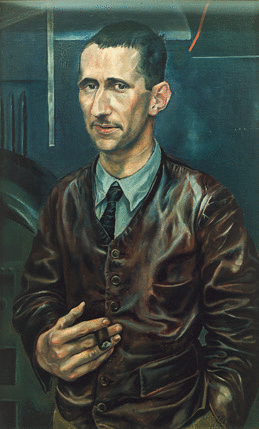
I move slowly amongst all the tables.
From 8 PM I am in control.
My aim: to catch a noble patron.
Race and party play no role.
Psychiatrists, comedians,
Young boxers, old aunts,
Everyone gets a turn
And hears the same refrain:
Can you lend me fifty pfennigs?
Just till tomorrow?
You have my word!

Blandine Ebinger and Friedrich Hollaender, Image via [Public domain], Wikimedia Commons
Bohemianism, which during the Weimar Republic was seen almost exclusively in Berlin, saw itself as committed to the rejection of and contempt for everything middle-class and bourgeois and in favor of everything artistic and individualist. It had an ambivalent relationship to the city and felt drawn to movements ranging from revolutionary to anarchist. It strove for self-realization and liberty. And its members were often one thing above all: on the brink of poverty.
Lavish behavior
Going about a bourgeois profession to secure one’s living was seen as restricting one’s creativity and was therefore rejected. But this did not mean thrift: “In an emergency they are able with the complete virtue of an anchorite to practice moderation; but should they get their hands on a little money, they soon indulge in highly extravagant actions: They love the most beautiful and the youngest, drink the best and oldest wines and never find enough windows to throw their money out of,” noted Henri Murger, who wrote “Scènes de la vie de bohème” in the mid-19th century in Paris.
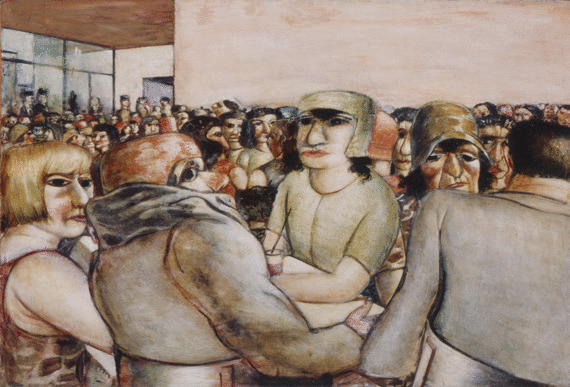
When a commission filled a Bohemian’s pockets with money, it was usually instantly spent on alcohol or glittering studio parties – in times of inflation, when money lost value in no time at all, a very understandable attitude. Others relied on regular payments from a patron. For example, singer Claire Waldoff, who also lived as a Bohemian but later gained reasonable fame in Berlin’s cabaret scene, financed the rents and living costs of her friends for a lengthy period of time.
The seizure of power
Else Lasker-Schüler, an eccentric poet from Wuppertal who with her piercing gaze and lavish costumes repeatedly beguiled men in Berlin, also repeatedly had to rely on the support of friends. In desperate situations she petitioned various foundations, asking if it were not long overdue that she be awarded a well-endowed prize for her works.

Else Laser-Schüler, Image by עברית: לא ידוע English: Unknown [CC BY 3.0 (http://creativecommons.org/licenses/by/3.0)], via Wikimedia Commons
In the late 1920s the horizon of the Berlin Bohemian scene gradually darkened over. The Nazis began increasingly wreaking havoc, largely targeting artists and writers. When Hitler seized power the majority of the – often Jewish – Bohemians felt obliged to emigrate, though they were loath to do so. The coffeehouse tables on Kurfürstendamm were left abandoned and bloodless.

How Hip Hop sings about its dead
Death plays a large part in Hip Hop. The tragic early passing of legends such as Biggie Smalls and Tupac, not to mention rising superstars like...

5 questions for Mary Messhausen and proddy produzentin
With the performance "Thonk piece: Hungry for Stains", drag queens Mary Messhausen and proddy produzentin will open the exhibition COSIMA VON BONIN....

HIP HOP IS BLACK CULTURE – NOT THE OTHER WAY AROUND
Hip hop’s 50th birthday is an occasion for us to listen to some old records and mixed tapes and to look back at the most important hip hop films of...

Now at the SCHIRN:COSIMA VON BONIN
The SCHIRN is showing a unique presentation of new and well-known works by COSIMA VON BONIN until June 9.

SHALLOW LAKES – plumbing the depths
In the SCHIRN’s rotunda, MELIKE KARA is presenting a series of sculptures that are reminiscent of bodies of water or small lakes. So, what’s this...

When subculture becomes mainstream – a balancing act
Regardless of whether it is hip hop, techno, or the queer scene: It is not unusual for the aesthetics of countercultures and subcultures to morph into...

Now at the SCHIRN: THE CULTURE: HIP HOP AND CONTEMPORARY ART IN THE 21ST CENTURY
Coinciding with the 50th anniversary of the birth of hip hop, the SCHIRN dedicates a major interdisciplinary exhibition to hip hop’s profound...

Julia Feininger – Artist, Caricaturist, and Manager
Art historians can tell us a lot about LYONEL FEININGER, but who was Julia Feininger and what legacy did she bequeath to the world of art?

Lyonel Feininger and the Harvard Art Museums. Part 2
The Harvard Art Museums host the largest Lyonel Feininger collection in the world. The directors Lynette Roth and Laura Muir chat about Feininger’s...
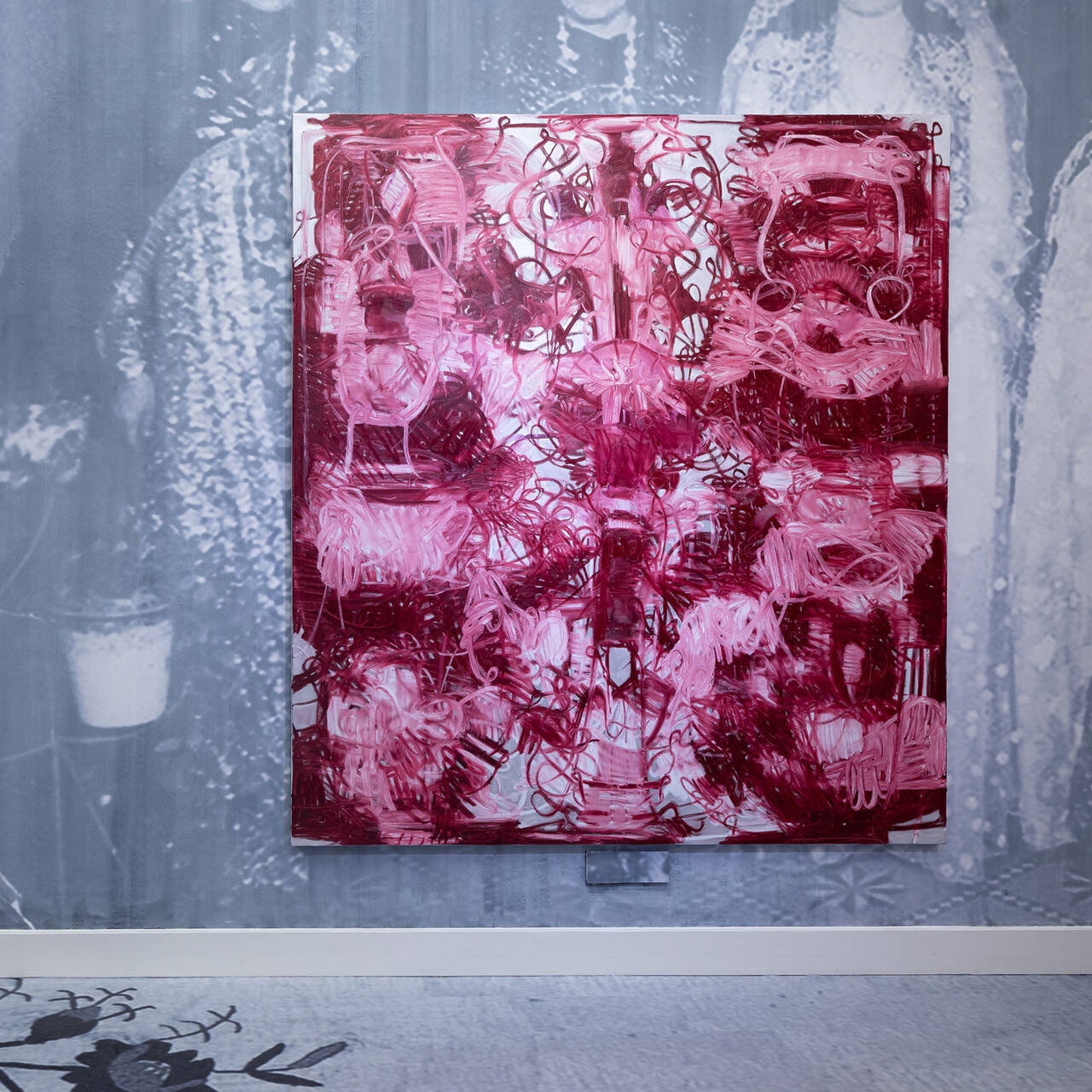
Five good reasons to view Melike Kara in the SCHIRN
From February 15, the SCHIRN presents a new site-specific installation by Melike Kara in its public rotunda. Here are five good reasons why it's worth...
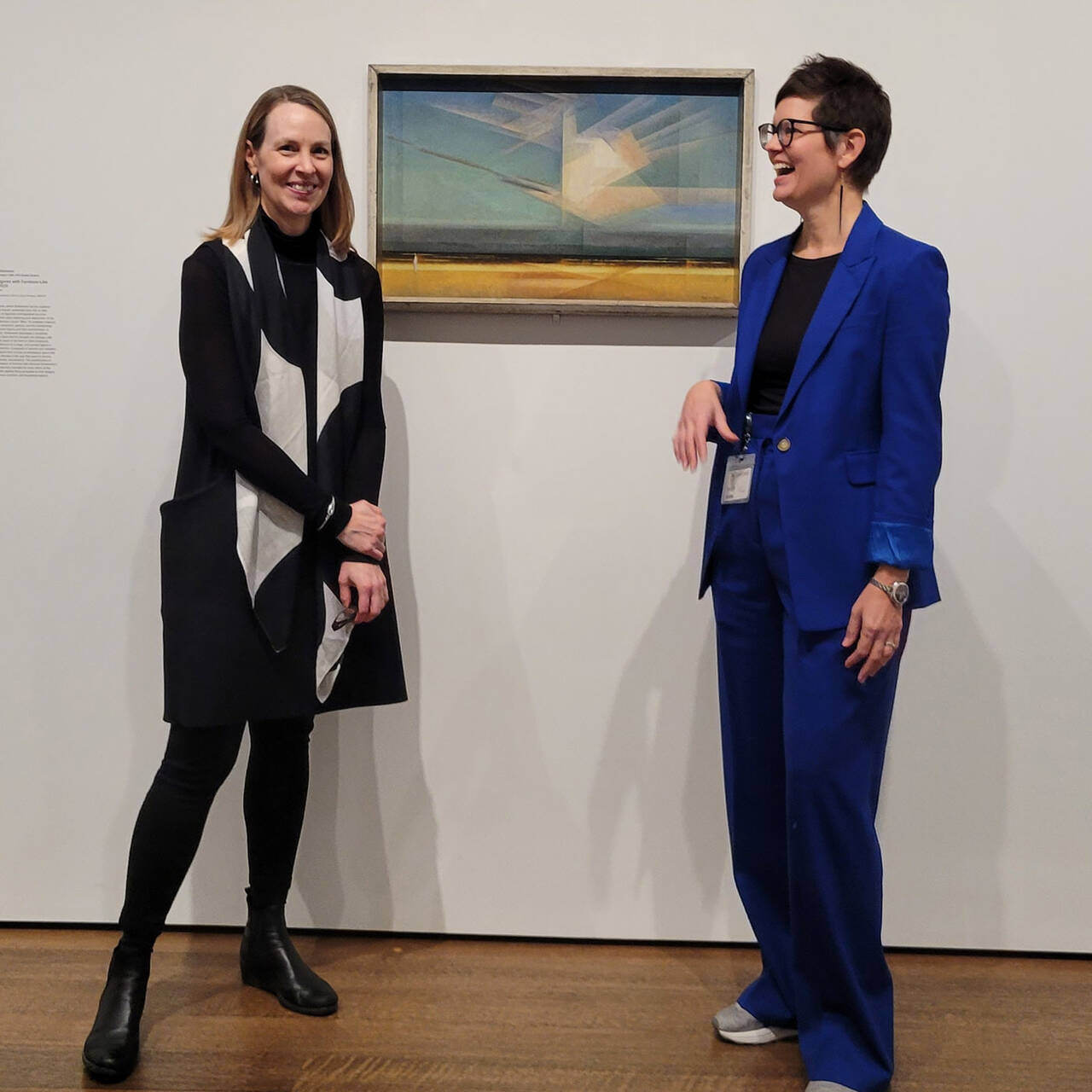
Lyonel Feininger and the Harvard Art Museums. Part 1
The Harvard Art Museums host the largest Lyonel Feininger collection in the world. How did that happen and how was the relationship between the artist...
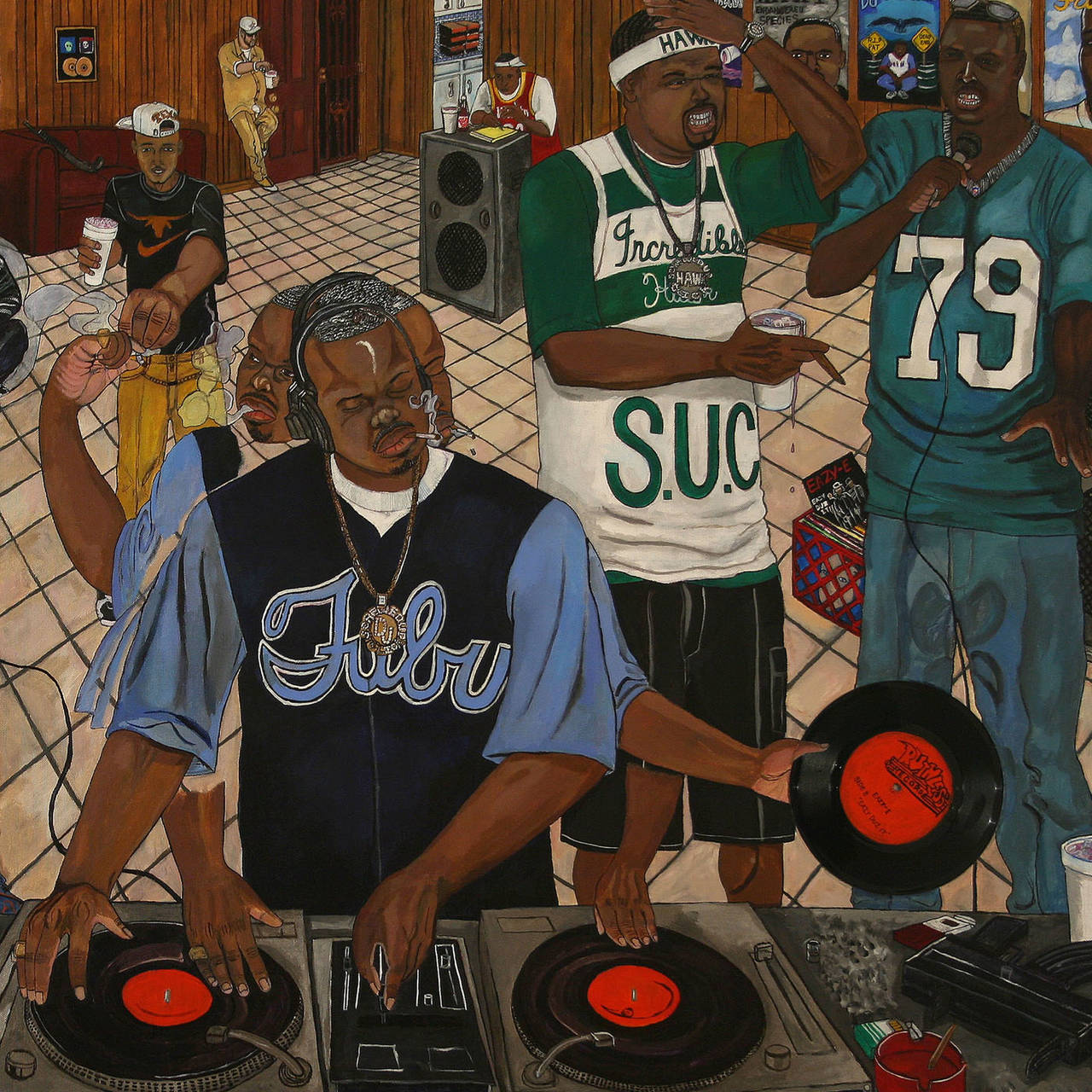
2024 AT THE SCHIRN
This is 2024 at the SCHIRN! From hip-hop and art in the 21st century, to Selma Selman, the self-proclaimed "most dangerous artist in the world", to...
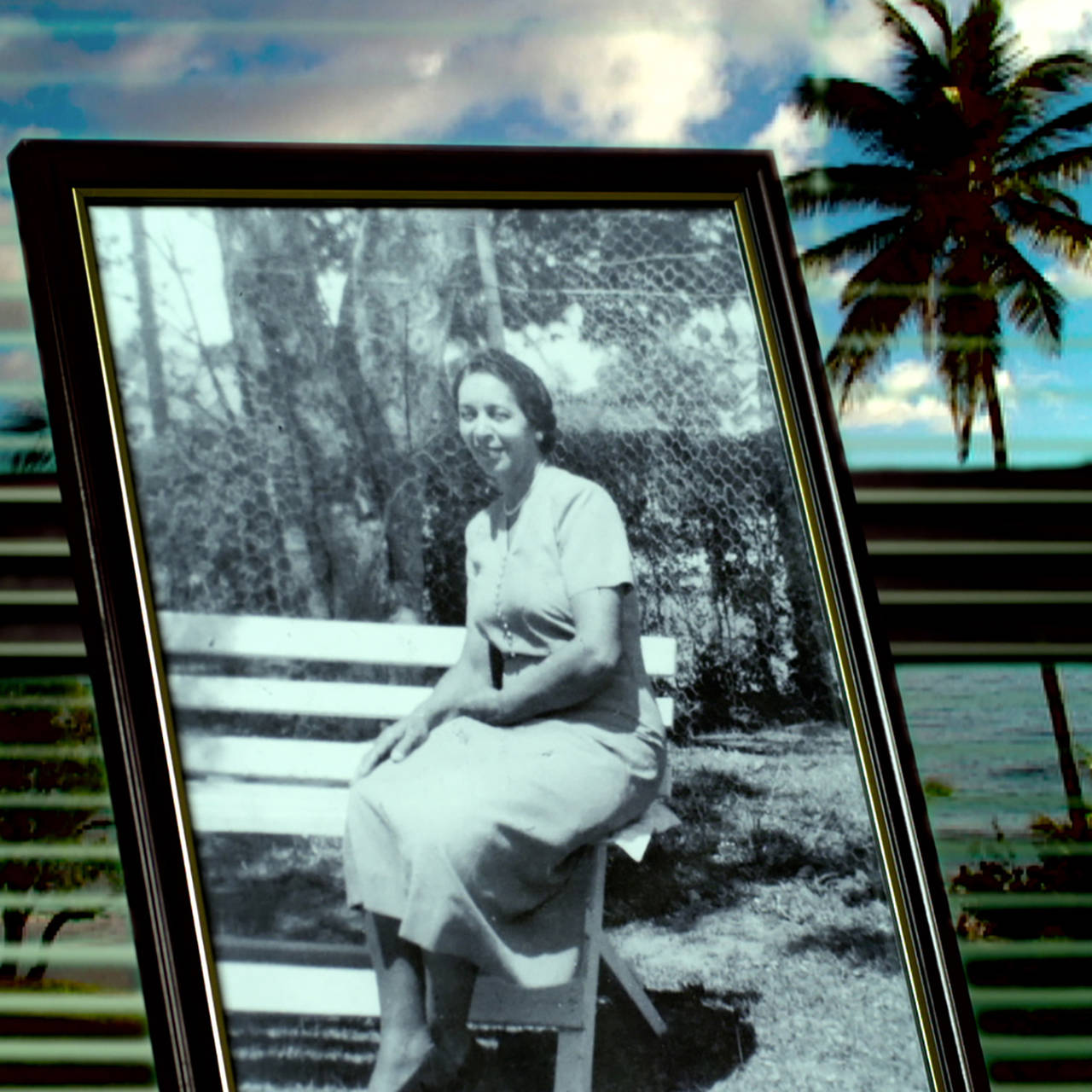
ROUTES, NOT ROOTS. JOHN AKOMFRAH, STUART HALL, AND THE BLACK AUDIO FILM COLLECTIVE
John Akomfrah’s video work “The Unfinished Conversation” is an homage to cultural theorist and sociologist Stuart Hall. Award-winning Frankfurt...

Empathy, but how? Julia Grosse talks to Elisabeth Wellershaus
What role do empathy and emotions play in the cultural world of today and tomorrow? In the first part of the interview series, curator Julia Grosse...
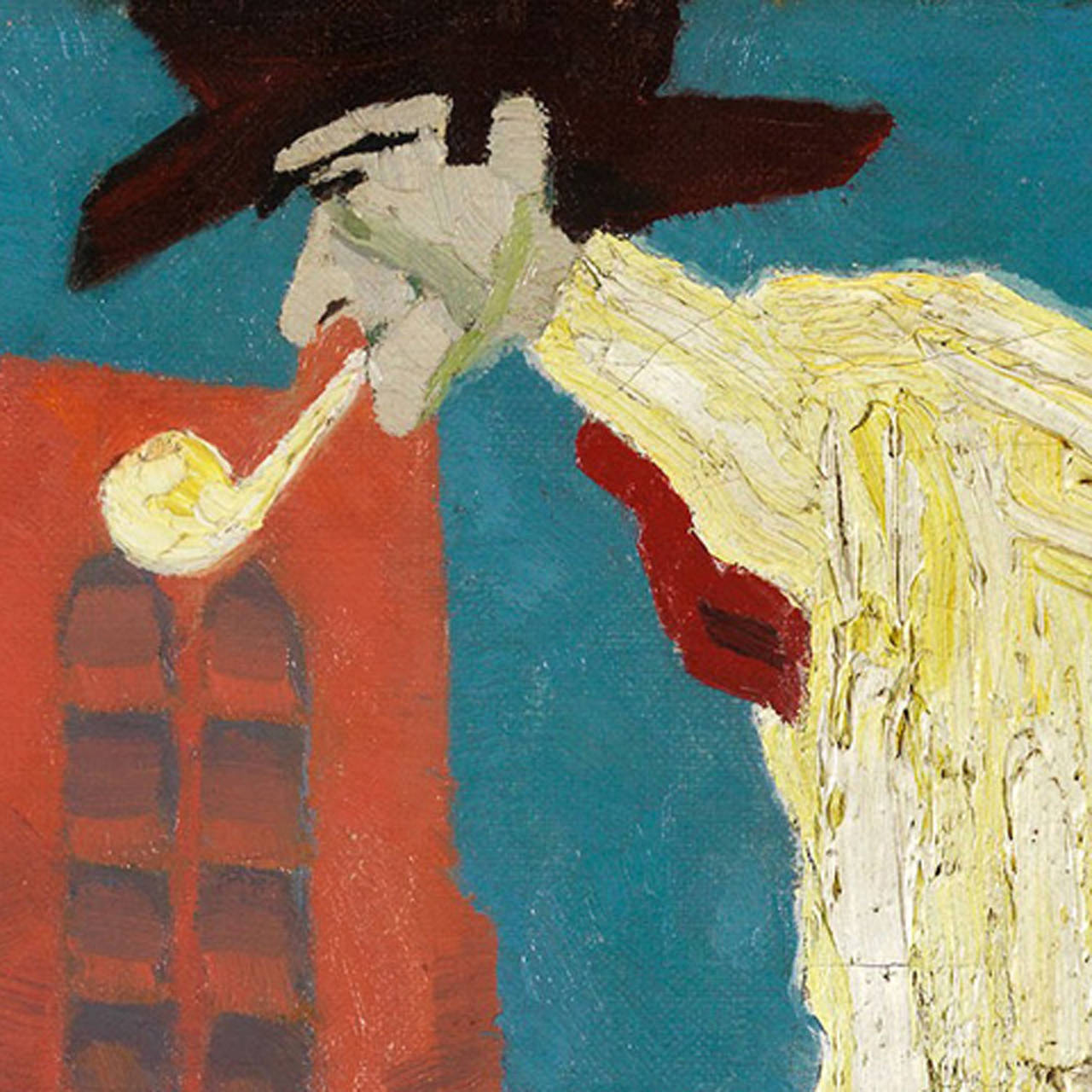
In the incognito of the mask. Lyonel Feininger’s self-portraits
What do the self-portraits Lyonel Feininger painted reveal about the great artist’s character and sensibilities? Feininger expert Andreas Platthaus...
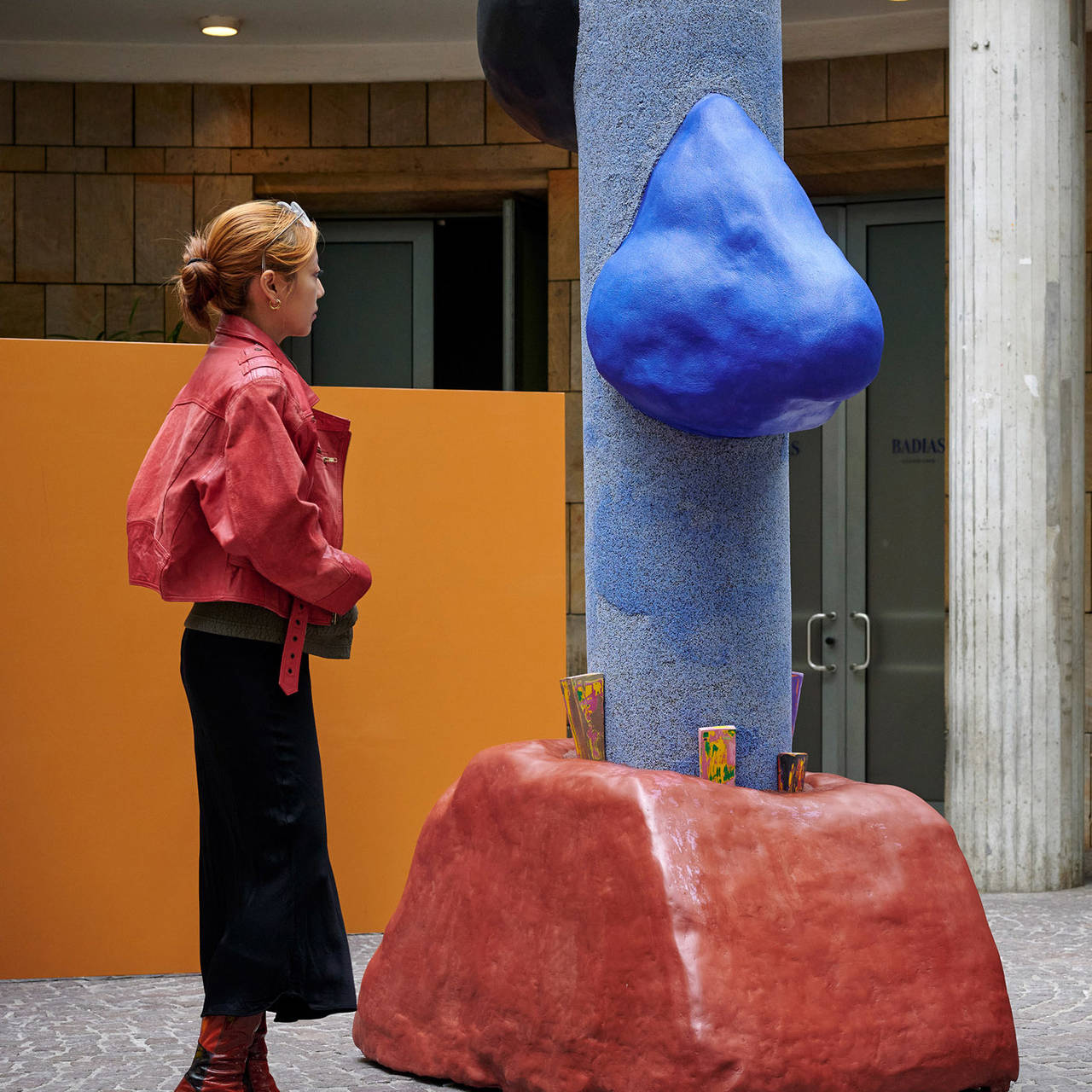
Sculptural approaches to a feminist city
What needs are privileged or ignored in the urban space? Questions such as these take pride of place in feminist architecture and design discourses –...

Now at the SCHIRN: JOHN AKOMFRAH
John Akomfrah creates thoughtful video works of haunting audiovisual intensity. From November 9 to January 28, the SCHIRN presents the first...
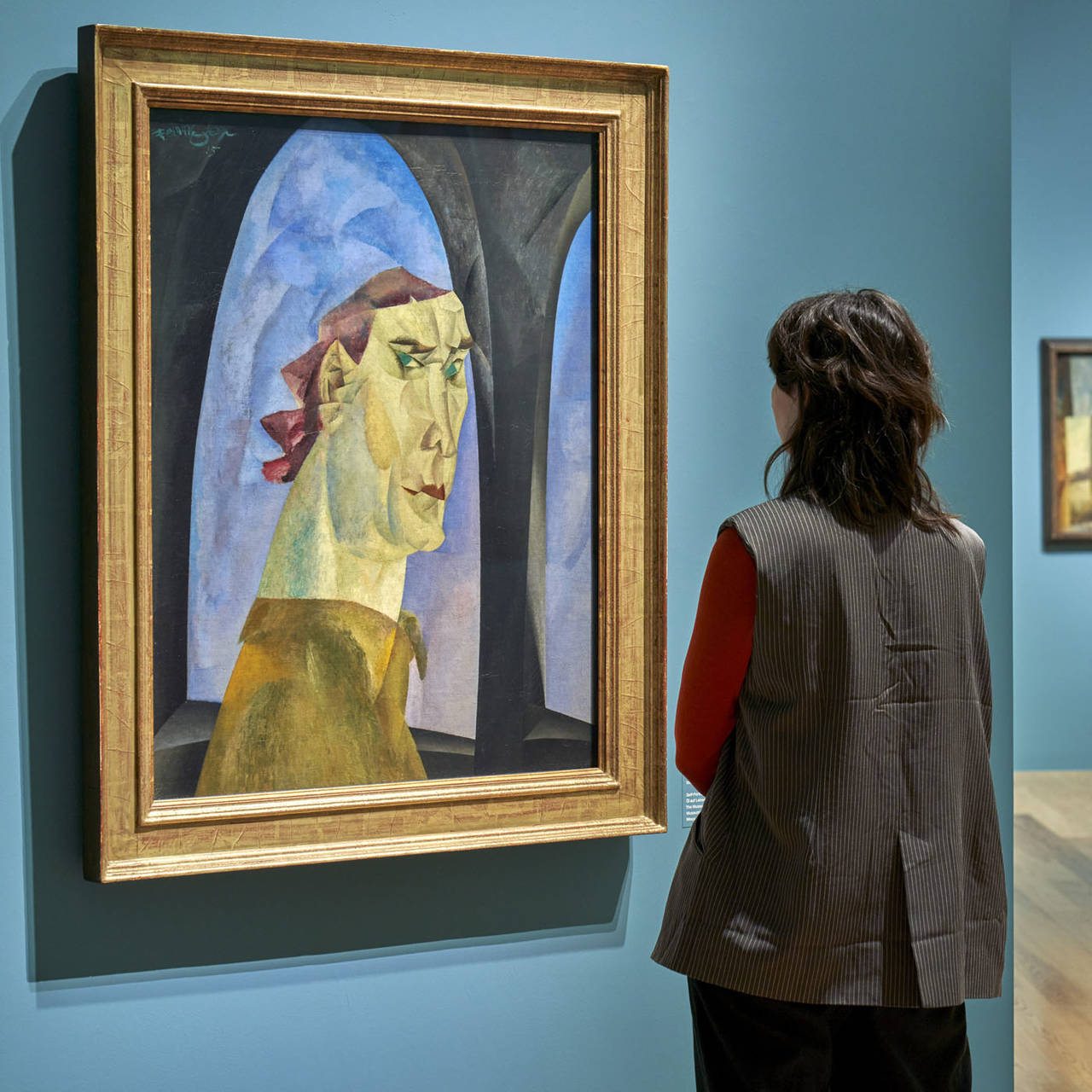
Five good reasons to view Lyonel Feininger in the SCHIRN
The SCHIRN is presenting a comprehensive retrospective of LYONEL FEININGER's work until 18 February 2024. It's worth a visit for these five reasons.
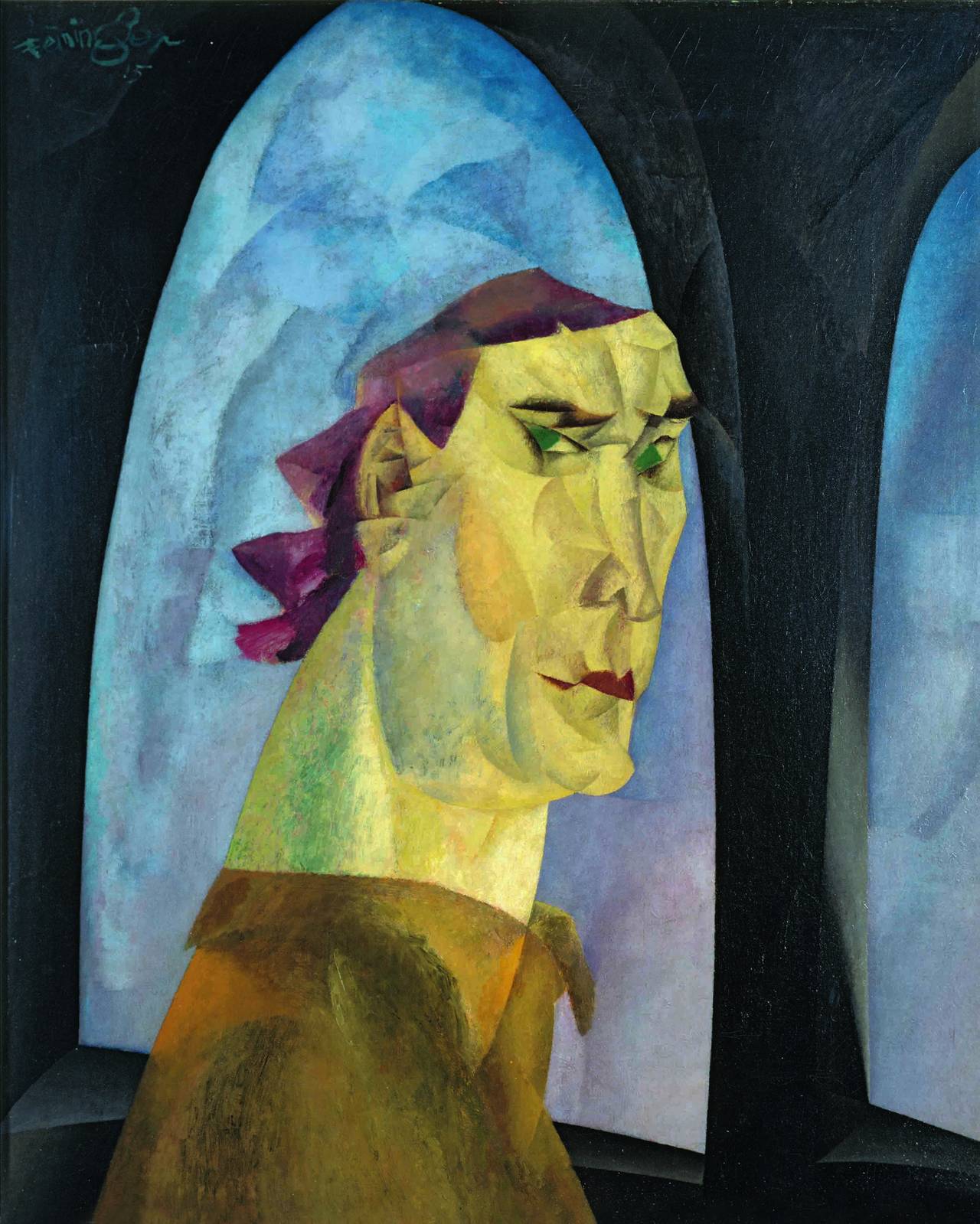
Now at the SCHIRN: LYONEL FEININGER
The German-American artist Lyonel Feininger (1871–1956) is a classic protagonist of modern art. The SCHIRN is dedicating an extensive retrospective to...
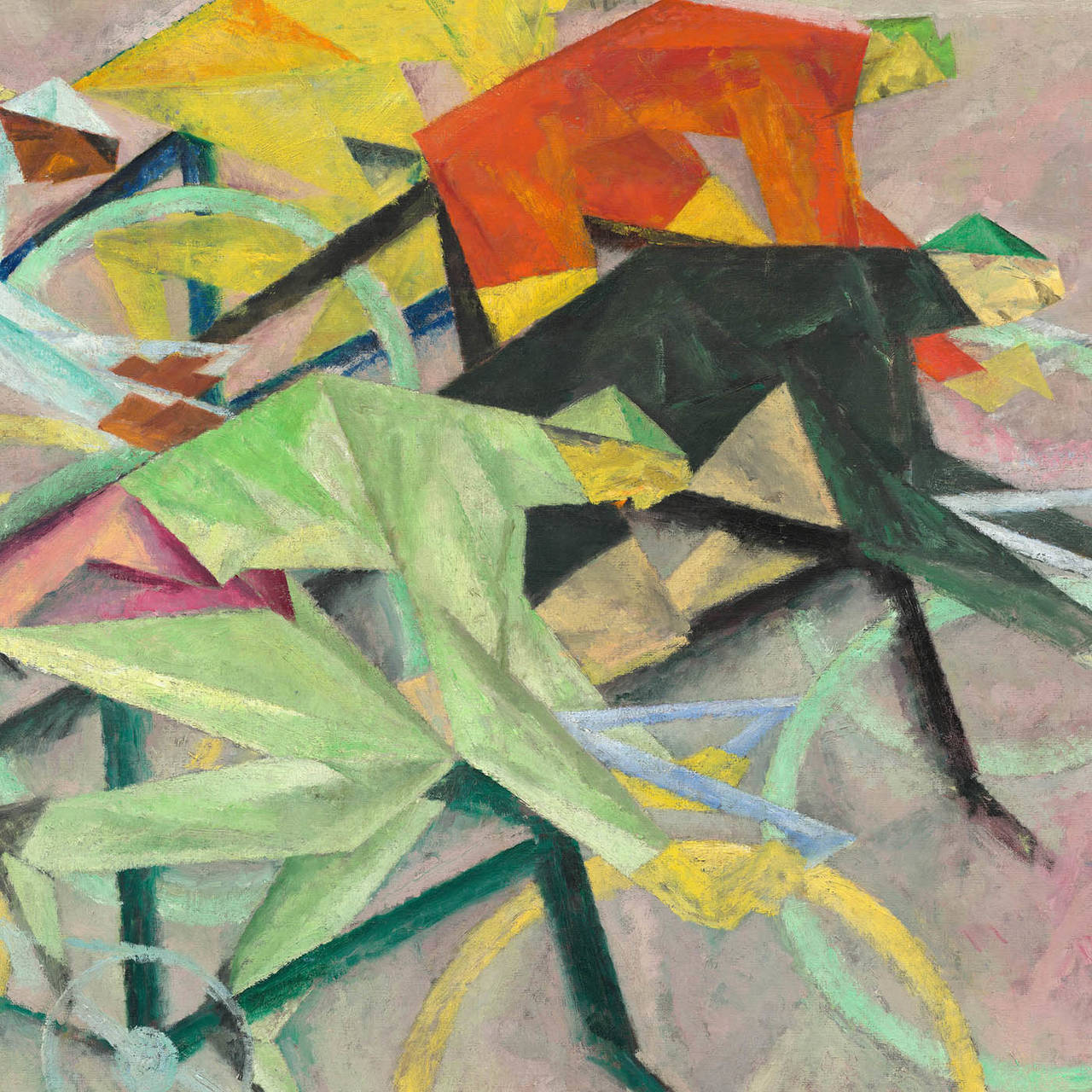
Between athletic exercise and artistic inspiration
LYONEL FEININGER covered distances of up to 60 kilometers on his bicycle. Today, the so-called Feininger Cultural Path runs through numerous towns...